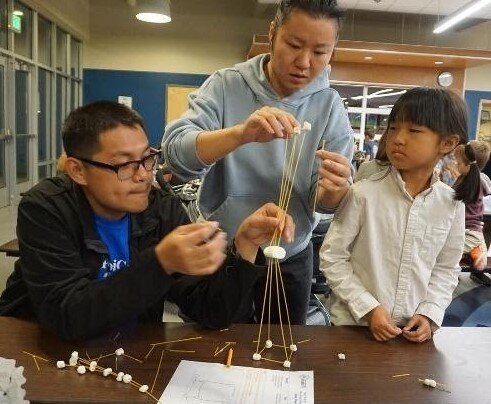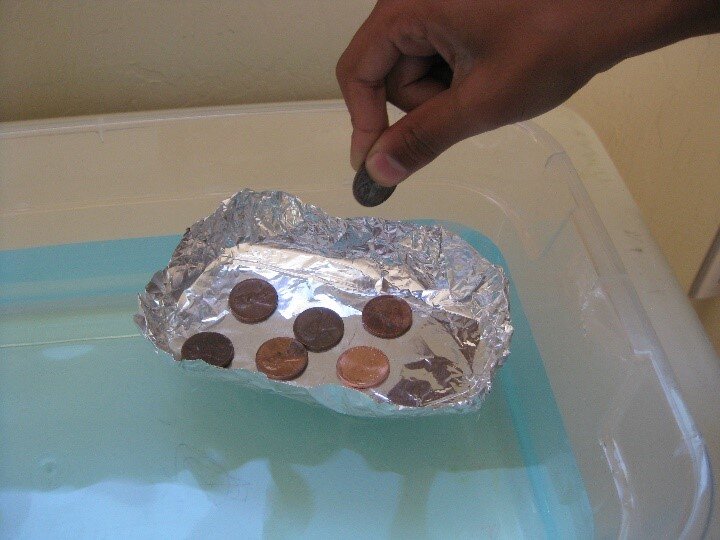Discipline: Engineering
Age Range: 7+
Estimated Time: 60 minutes for each webinar
What You Need: Part 1 - 2 pieces of paper; a pen or pencil; two cups of the same size; 15-20 pennies (preferred) or other small objects (paperclips, almonds, beads, etc.)
Part 2 - 8 pieces of paper; tape; two plastic bins or containers of the same height; small objects for weights (blocks, small plastic building bricks, coins, etc.); a pen or pencil
Engineers are problem solvers! In this interactive webinar, learn how engineers use math, science, and a special process to design solutions to real-world problems!
Each webinar will take you through the engineering design process in order to solve a problem. Listen to a story and use hands-on science to solve how to cross the river.

















